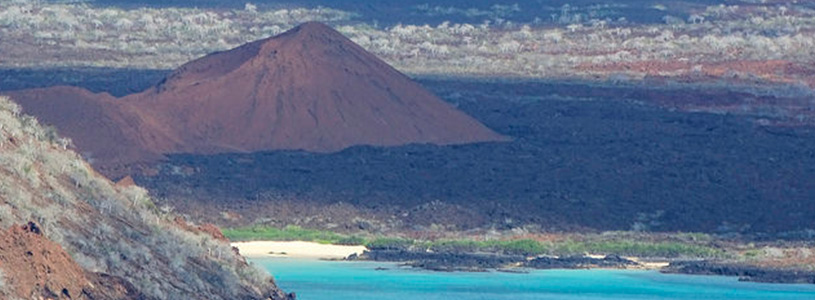
How were the Galapagos Islands formed?
It was about 14 million years ago when the peaks of several volcanoes broke the surface of the Pacific Ocean and formed the initial Galapagos Archipelago. The Galapagos hotspot is located in the western part of Galapagos. A hot spot is a place where the magma in the Earth is hotter than usual.
The islands are located in the north of the Nazca plate, which moves slowly around 5 cm per year. Each time the plate moves, new volcanoes rise up. This is how the Galapagos Islands were formed, about 600 miles west from the coast of Ecuador. It only took a volcano to form all the islands, with the exception of Isabela Island, the largest of all, formed by the union of six different volcanoes above the sea level.
In the last 200 years, a remarkable 50 plus eruptions have occurred. They have damaged the unique species of the islands, but they have also created every new land there. The islands that are farther from the hot spot are the oldest and the closest from it are the youngest. For example, San Cristobal Island was formed about 4 million years ago, and the young Fernandina Island is believed to have less than 700,000 years old.
In the Galapagos Islands you can see the results of the different types of lava and different ages.
Most of the Galapagos Islands are formed of basalt
This is a type of rock formed from basaltic lava.
Basaltic lava is much more liquid than other types of lava, and for this reason it goes further and creates a much less steep. This is how the shield volcanoes are formed.
Volcanic ash cemented as little tuff or pumice creates beaches, while the strongest basalts leave steeper and rugged cliffs. Some lava flows of hundred years old on Santiago island still remain sterile; while lavas of thousand years ago on the western shore of Isabela Island show a great variety of plants.
Discover the most extraordinary volcanoes of the islands on board of one of our boutique yachts!
Leave a Comment